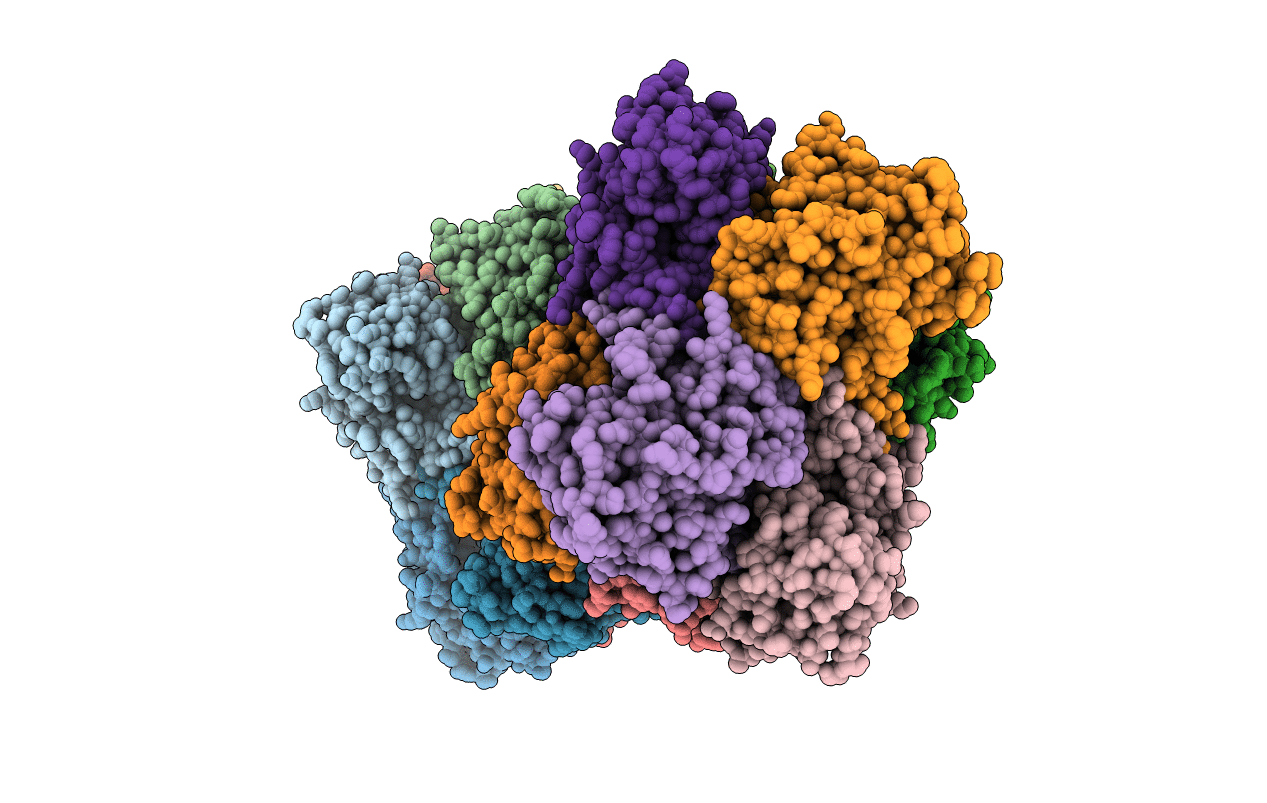
Deposition Date
2012-03-09
Release Date
2012-04-18
Last Version Date
2024-03-20
Entry Detail
PDB ID:
4E2Q
Keywords:
Title:
Crystal Structure of (S)-Ureidoglycine Aminohydrolase from Arabidopsis thaliana
Biological Source:
Source Organism:
Arabidopsis thaliana (Taxon ID: 3702)
Host Organism:
Method Details:
Experimental Method:
Resolution:
2.50 Å
R-Value Free:
0.28
R-Value Work:
0.22
Space Group:
P 1 21 1


